|
I have graduated from IIT Kanpur with major in Electrical Engineering and minor in Machine Learnining. Email | CV | Google Scholar | Github | Twitter |
 |
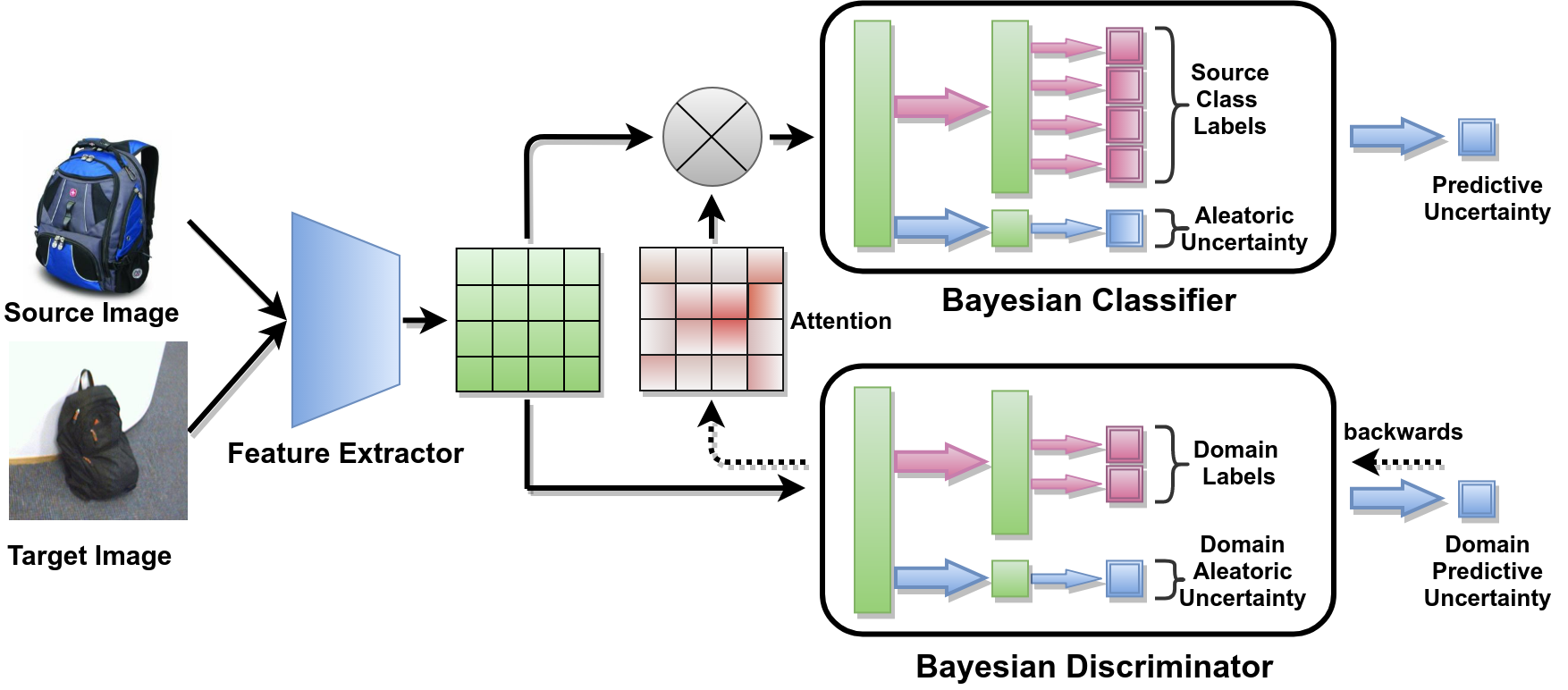
|
project webpage |
pdf |
abstract |
bibtex |
arXiv |
code
In this paper, we aim to solve for unsupervised domain adaptation of classifiers where we have access to label information for the source domain while these are not available for a target domain. While various methods have been proposed for solving these including adversarial discriminator based methods, most approaches have focused on the entire image based domain adaptation. In an image, there would be regions that can be adapted better, for instance, the foreground object may be similar in nature. To obtain such regions, we propose methods that consider the probabilistic certainty estimate of various regions and specific focus on these during classification for adaptation. We observe that just by incorporating the probabilistic certainty of the discriminator while training the classifier, we are able to obtain state of the art results on various datasets as compared against all the recent methods. We provide a thorough empirical analysis of the method by providing ablation analysis, statistical significance test, and visualization of the attention maps and t-SNE embeddings. These evaluations convincingly demonstrate the effectiveness of the proposed approach.
@InProceedings{Kurmi_2019_CVPR,
author = {Kumar Kurmi, Vinod and Kumar, Shanu
and Namboodiri, Vinay P.},
title = {Attending to Discriminative Certainty
for Domain Adaptation},
booktitle = {The IEEE Conference on
Computer Vision and Pattern Recognition
(CVPR)},
month = {June},
year = {2019}
}
|
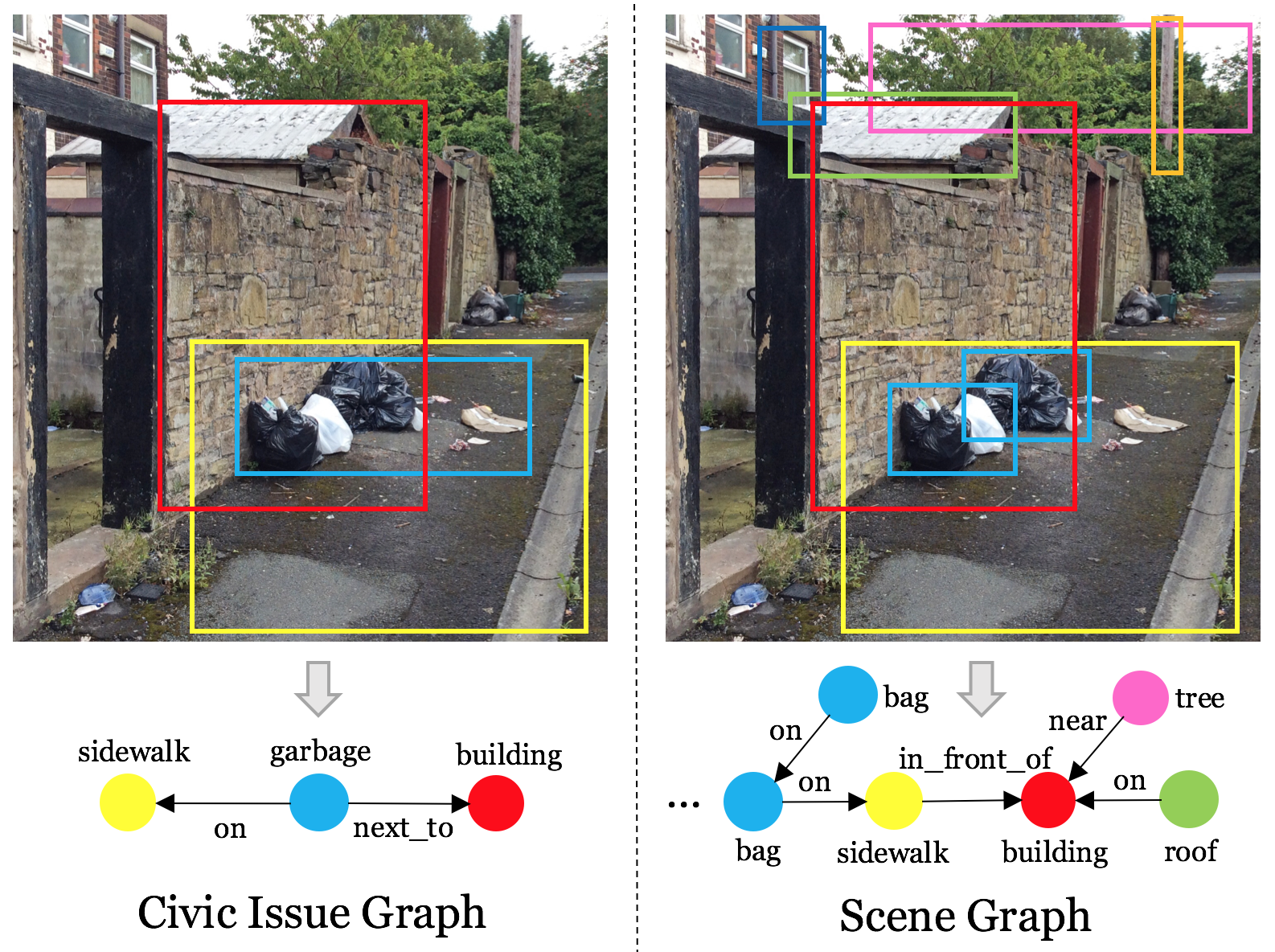
|
project webpage |
pdf |
abstract |
bibtex |
arXiv |
Dataset
Citizen engagement and technology usage are two emerging trends driven by smart city initiatives. Typically, citizens report issues, such as broken roads, garbage dumps, etc. through web portals and mobile apps, in order for the government authorities to take appropriate actions. Several mediums - text, image, audio, video - are used to report these issues. Through a user study with 13 citizens and 3 authorities, we found that image is the most preferred medium to report civic issues. However, analyzing civic issue related images is challenging for the authorities as it requires manual effort. In this work, given an image, we propose to generate a Civic Issue Graph consisting of a set of objects and the semantic relations between them, which are representative of the underlying civic issue. We also release two multi-modal (text and images) datasets, that can help in further analysis of civic issues from images. We present an approach for adversarial adaptation of existing scene graph models that enables the use of scene graphs for new applications in the absence of any labelled training data. We conduct several experiments to analyze the efficacy of our approach, and using human evaluation, we establish the appropriateness of our model at representing different civic issues.
@inproceedings{Kumar:2019:AAS:3308558.3313681,
author = {Kumar, Shanu and Atreja, Shubham and Singh,
Anjali and Jain, Mohit},
title = {Adversarial Adaptation of Scene Graph Models
for Understanding Civic Issues},
booktitle = {The World Wide Web Conference},
series = {WWW '19},
year = {2019},
isbn = {978-1-4503-6674-8},
location = {San Francisco, CA, USA},
pages = {2943--2949},
numpages = {7},
url = {http://doi.acm.org/10.1145/3308558.3313681},
doi = {10.1145/3308558.3313681},
acmid = {3313681},
publisher = {ACM},
address = {New York, NY, USA},
keywords = {Adversarial Adaptation, Civic Engagement,
Intelligent Systems on Web, Scene Graph Generation,
Smart Cities},
}
|
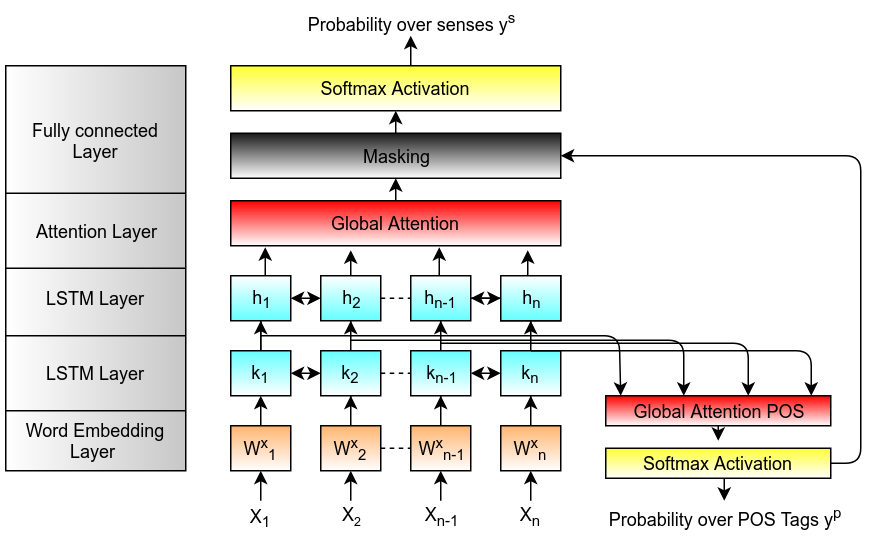
|
|

|
|
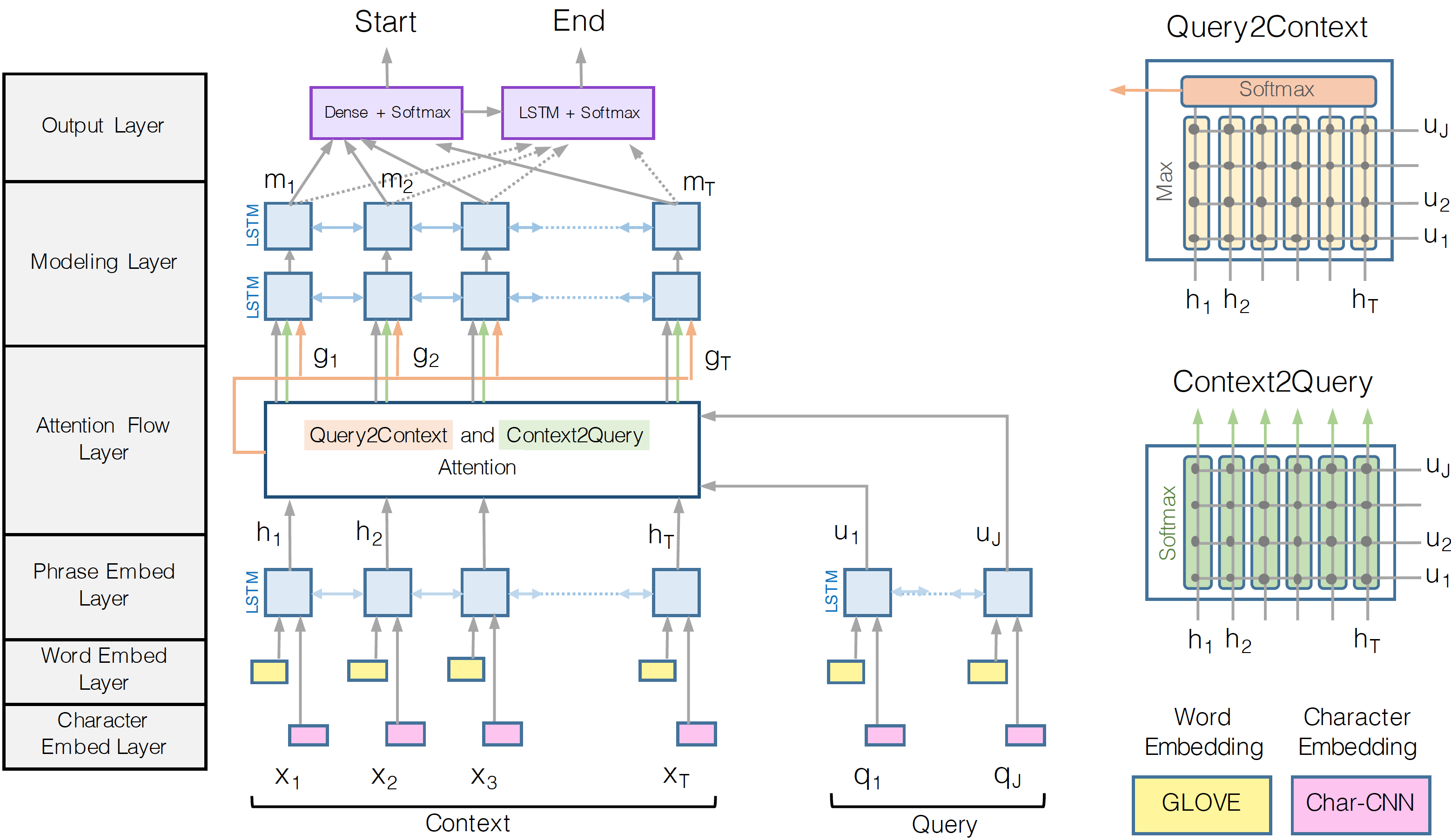
|
|
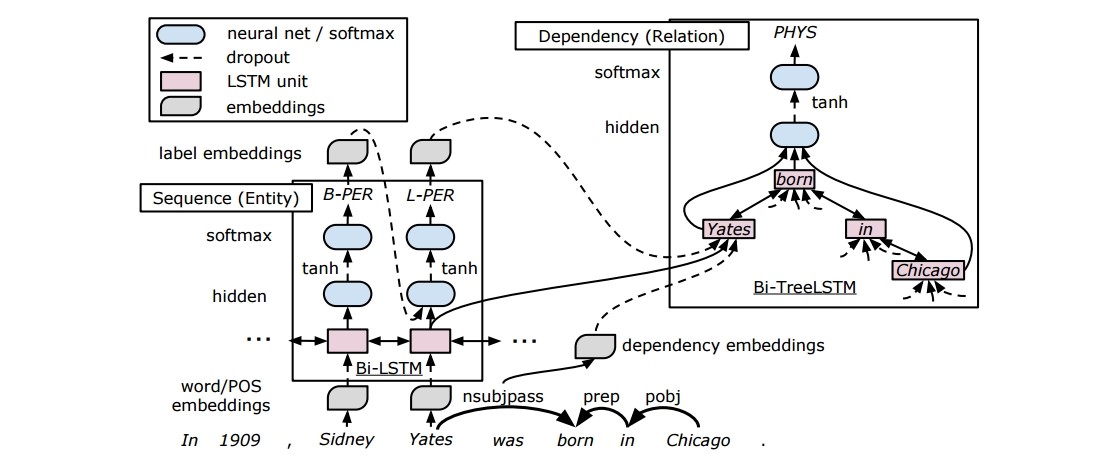
|
|
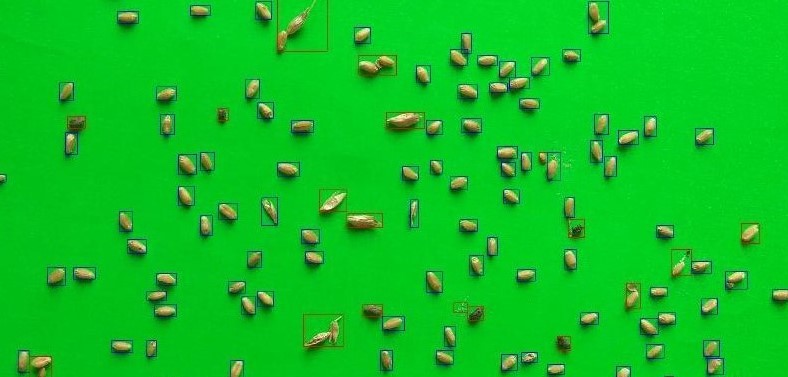
|
|